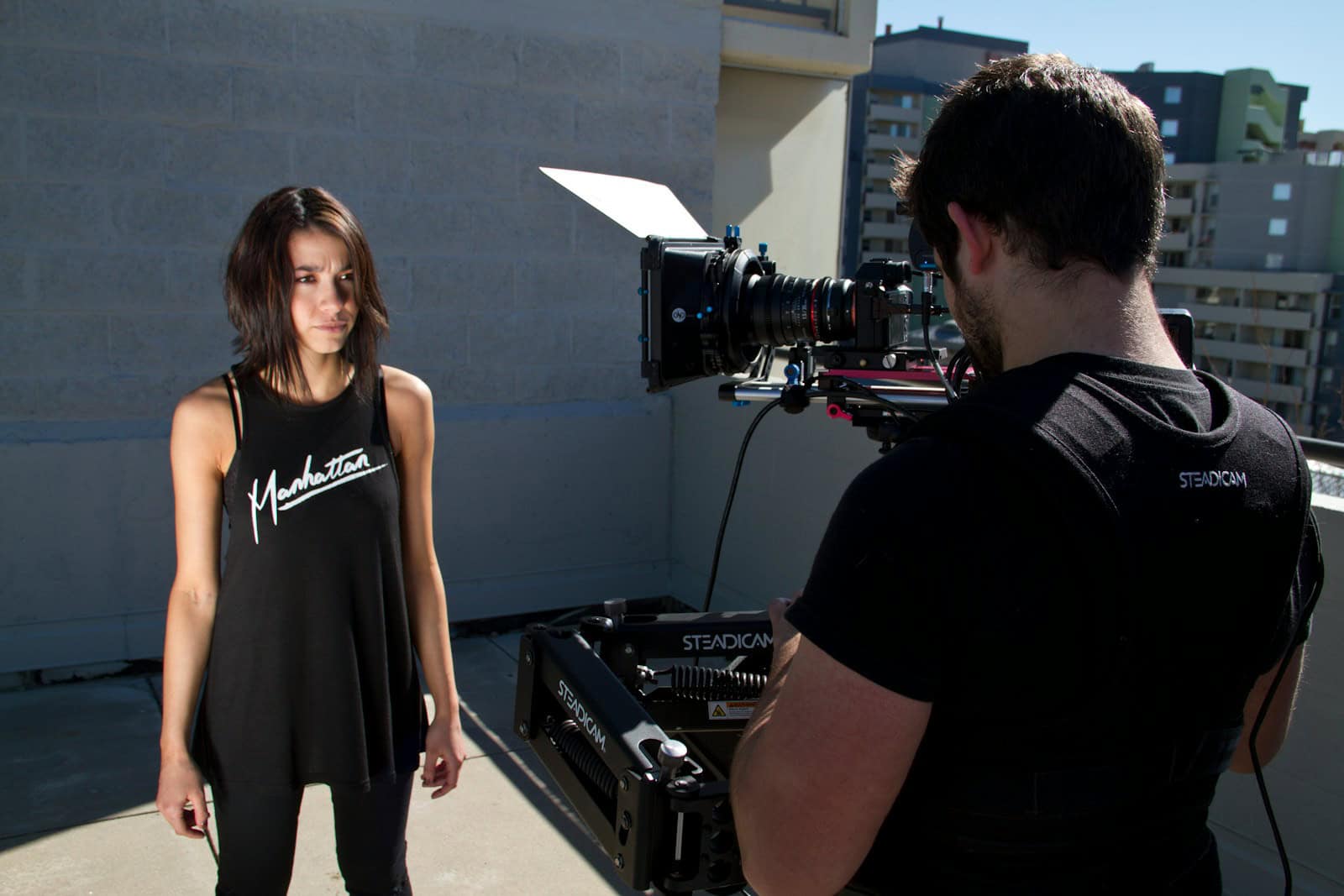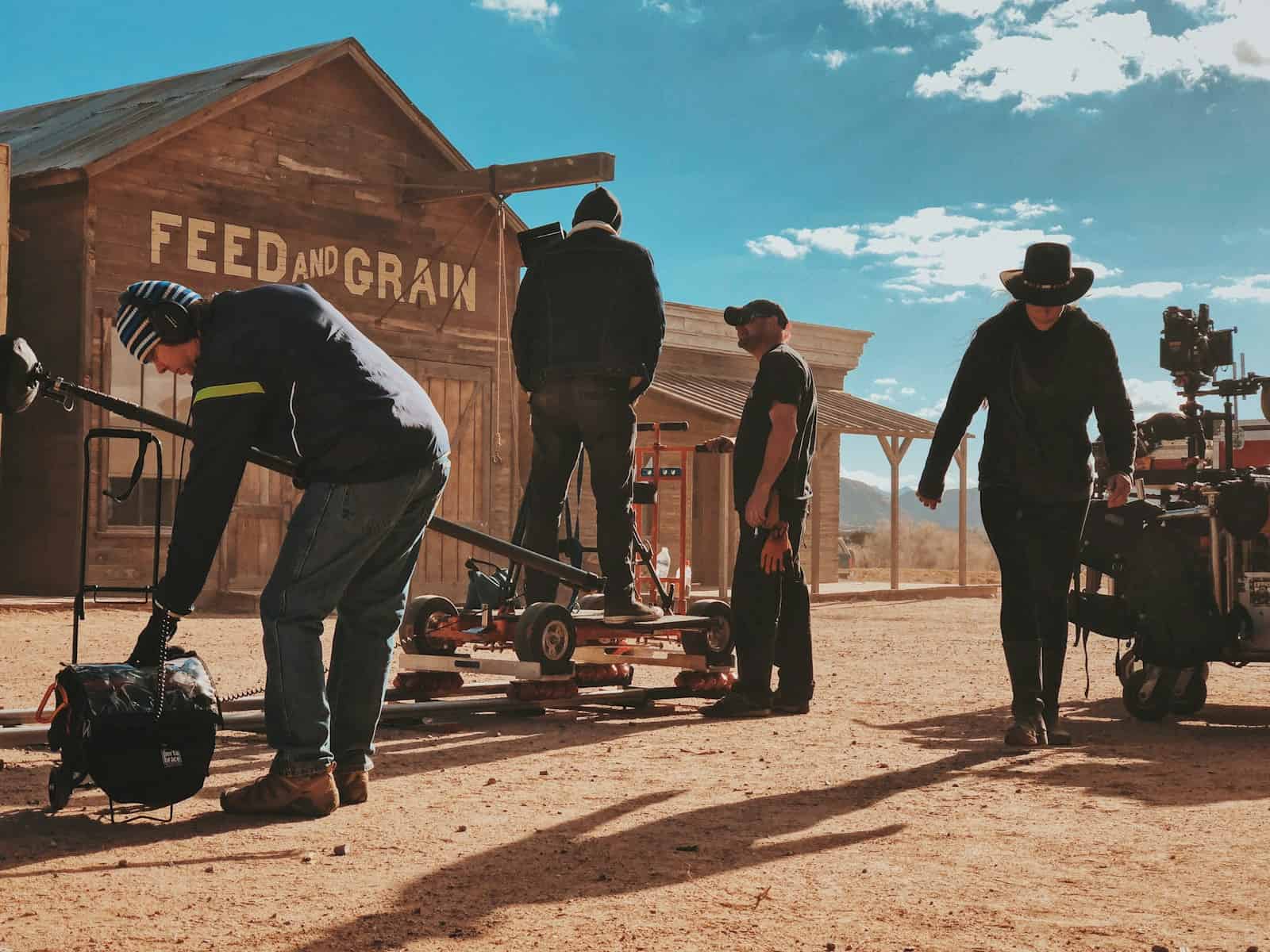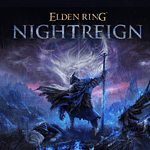The 2025 Consumer Electronics Show (CES) in Las Vegas highlighted the significant impact of artificial intelligence (AI) on Hollywood, featuring industry leaders discussing AI applications in filmmaking, such as dialogue generation and realistic digital humans.
While AI promises efficiency and cost savings, it raises concerns about job security for creative professionals and ethical issues related to copyright and data usage. Despite these challenges, the overall sentiment at CES was optimistic, viewing AI as a tool that can enhance creativity and storytelling, prompting Hollywood to explore its integration within the creative process.
AI and Hollywood: A New Creative Partnership

AI’s Growing Role in Filmmaking
Artificial intelligence (AI) is rapidly changing how movies are made. At the 2025 Consumer Electronics Show (CES), experts like Ed Ulbrich, Chief Content Officer at Metaphysic, discussed AI’s rising influence. Ulbrich, known for his work on films like Top Gun: Maverick, highlighted AI’s decade-long presence in the industry, citing its use in The Curious Case of Benjamin Button.
Examples of AI in Action
- Content Creation: Jason Zada, founder of Secret Level, showed films made with AI, including The Heist, a 70s-style car chase movie with AI-generated dialogue and music.
- Animation and Visual Effects: Rachael Appleton from Autodesk presented Wonder Dynamics, a tool that lets filmmakers add live action to animated worlds in real-time, cutting costs and production time.
- De-aging Technology: Director Robert Zemeckis used AI in his film Here to make Tom Hanks appear younger, a process that was previously very expensive.
AI: A Tool, Not a Threat
Many experts emphasized that AI is a tool to help filmmakers, not replace them. Brian Brown, Executive Director at Razorfish, compared AI to electricity – a utility that powers other tools. Samira Panah Bakhtiar from Amazon Web Services explained how AI can improve tasks like archiving and sports broadcasting, creating new jobs instead of eliminating old ones.
Addressing Concerns and Challenges
The rise of AI in Hollywood raises important questions:
- Job Security: Visual effects artists and other production crew members worry that AI might take their jobs.
- Ethics and Copyright: Concerns exist about AI using online data without permission and the legal implications of AI-generated content.
The Future of AI in Hollywood
Despite these challenges, many see AI as a positive force. It can make filmmaking more efficient, allowing studios to tell more stories and create new kinds of entertainment. However, experts stress the need for ethical guidelines and protections for creative workers. The goal is to use AI to enhance human creativity, not replace it.
AI and Actors: A New Frontier
While AI is transforming many aspects of film production, its impact on actors is particularly interesting. AI can now generate realistic digital humans, leading to questions about the future of acting. Will AI eventually replace human actors altogether?
Digital Humans and Virtual Actors
Digital humans are already appearing in commercials and video games. These AI-powered characters can be customized to look and sound like anyone, and they can perform actions that would be dangerous or impossible for human actors. This technology has the potential to revolutionize the entertainment industry, but it also raises ethical and economic concerns.
The Benefits of AI Actors
- Cost-Effective: Digital actors don’t need salaries, trailers, or breaks. They can work 24/7, potentially saving studios a lot of money.
- Safety: AI can perform dangerous stunts without risking human lives.
- Creative Possibilities: Filmmakers can create characters with unique appearances and abilities, pushing the boundaries of storytelling.
The Challenges and Concerns
- Job Displacement: If AI actors become widespread, they could put human actors out of work.
- Authenticity: Can digital actors truly capture the nuances of human emotion and expression?
- Ethical Considerations: Should there be limits on how AI is used to create and portray characters?
The Future of Acting
The future of acting in the age of AI is uncertain. While AI actors offer many benefits, they also pose significant challenges. It’s likely that AI and human actors will coexist in the future, each offering unique strengths and capabilities. The key is to find ways to use AI to enhance human creativity and storytelling, not replace it entirely.
| Feature | Human Actors | AI Actors |
|---|---|---|
| Cost | High | Low |
| Safety | Limited | High |
| Creativity | Naturalistic Performances | Unique Possibilities |
| Emotional Range | Wide | Still Developing |
| Ethical Considerations | None | Potential for Misuse |
Short Summary:
- Continued advancements in generative AI tools are reshaping Hollywood’s production landscape.
- Industry leaders stress the importance of ethical AI use while acknowledging potential job displacement.
- The potential for AI to enhance creativity and efficiency in filmmaking raises intriguing questions about the future of storytelling.
In a series of pivotal sessions during the lead-up to CES 2025, the digital entertainment sector convened to dissect the transformative effects of generative AI. Experts in technology and creativity worried about the implications of advancing AI tools in Hollywood, while also recognizing their potential to redefine the industry’s future. “It’s a time of disruption, but also a time of hope,” stated Ed Ulbrich, Chief Content Officer at Metaphysic and an established visual effects producer known for his work on blockbuster films like Top Gun: Maverick.
Ulbrich, during a panel discussion, reminisced about how AI has integrated into film production for over a decade, particularly referencing its use in the Oscar-winning film The Curious Case of Benjamin Button. However, he expressed caution, noting, “The acceleration in AI capabilities has some people nervous,” particularly in relation to job stability in creative fields.
Jason Zada, founder of Secret Level, illustrated the potential of AI in generating content by showcasing short films developed using text-to-video technology. Among them, a film titled The Heist combined a 70s-inspired car chase with AI-generated dialogue and music, providing a glimpse into how AI could revolutionize the production process. “This is the worst this technology will ever be,” Zada remarked, emphasizing its exponential growth.
Rachael Appleton from Autodesk presented innovations from their recent acquisition, Wonder Dynamics, which offers real-time integration of live video into animated worlds, allowing filmmakers to generate complex scenes with dramatically reduced production costs. She claimed, “This tool resolves complicated issues faced by animators, giving them greater control over their projects.” Such tools alleviate time constraints while raising questions about potential workforce reductions.
For many panelists, alleviating fears connected to AI’s role in the creative community was vital. “AI is simply another tool,” remarked Brian Brown, Executive Director at Razorfish. He expressed how AI’s relevance has grown, stating, “Last year, AI was a tool, not a strategy; now it’s like electricity — a utility powering other tools.” Brown highlighted the necessity of embracing AI while still recognizing its ethical implications.
Meanwhile, Samira Panah Bakhtiar, General Manager of Media & Entertainment at Amazon Web Services, emphasized AI’s practical contributions to the industry. Her insights included how AI can streamline archival work and improve live sports broadcasting, leading to new revenue opportunities without displacing traditional roles. “These new workflows enhance existing jobs rather than eliminate them,” she noted.
The discussions also ventured into the notion that generative AI can democratize creativity, with panel participants advocating for a shift in educational focus. They proposed teaching storytelling fundamentals rather than solely technical skills. “A lot of the AI-generated content lacks narrative depth due to a misunderstanding of storytelling principles,” Ulbrich commented.
But alongside enthusiasm for the new possibilities, speakers expressed the importance of ethical standards in AI use. Ulbrich pointed out potential legal challenges arising from AI systems utilizing unconsented online data, especially considering the industry’s rigorous copyright frameworks and the existing need for consent when employing digital likenesses in productions.
“Yes, it takes fewer people to do a project, but that just means people can focus on more projects,” Ulbrich explained, reflecting on the potential efficiencies AI can bring to film production.
The pursuit of increased profitability has prompted many studios to adopt AI technologies, generating optimism among executives. Ben Affleck recently remarked on the opportunities that AI presents in filmmaking, stating, “Technological advancements in visual effects (VFX) can allow talent to focus on their craft rather than the labor-intensive aspects of production.” Such sentiments resonate with industry insiders who envision a promising future arising from new roles focused on efficiency. However, non-unionized positions in the visual effects sector face uncertainty due to these AI innovations. Many VFX artists are concerned about job security, as automation may replace roles that traditionally require a human touch. Prominent industry figure Mike Riana noted, “Without proper contracts to safeguard these positions, studios might prioritize efficiency through AI over creative employment.”
As film production continues to navigate the post-pandemic recovery, studios are adjusting their strategies accordingly. There are clear signs of a reconfiguration of Hollywood economics as filmmakers and production companies explore how AI could transform storytelling and enhance creative processes. The developing AI landscape suggests that while the workforce may need to adapt, Hollywood’s appetite for narrative innovation will remain strong.
Robert Zemeckis’s latest production, Here, exemplifies the creative application of AI. The film, featuring Tom Hanks in a story that spans decades, utilizes generative AI to enable Hanks to appear as different ages seamlessly. “This wouldn’t have been possible without advancements in aging technology,” remarked Jim Geduldick, the film’s virtual production supervisor. The shift toward using AI technologies has allowed for a more budget-friendly approach to extensive VFX, illustrating a change in how studios can support meaningful projects.
“The budget necessary for films like this has been dramatically altered by the adoption of AI. This would’ve been too costly just a few years ago,” added Geduldick.
Hollywood faces the challenge of balancing project costs with concerns about job loss. However, there is a consensus that innovations lead to creative renewal rather than just focusing on economic considerations. AI is viewed as a supportive tool, rather than one that seeks to replace human roles. Panelists, such as Ulbrich, emphasized that the essence of Hollywood is its storytelling.
During discussions, it became increasingly clear that equitable treatment across all sectors is essential. Writers and actors have negotiated contracts that protect their creative rights against unconsented AI usage. The Writers Guild agreements stipulate that scripts must be generated by human writers, serving as a safeguard against the potential neglect of writers’ emotional storytelling skills.
Looking to the future, industry leaders also discussed the integration of AI into other creative areas. Craig Gurney, a rising tech expert in filmmaking, explained how AI could automate routine tasks while preserving the artistry of storytelling. He stated, “Filmmaking is about relationships and heart, and this technology can enhance that.”
The exploration of advanced AI tools may lead to new entertainment markets while enriching traditional frameworks. As 2025 approaches, AI’s role in Hollywood is expected to reshape labor dynamics, storytelling methods, and production processes. Leaders like Ulbrich captured the industry’s direction by stating, “Innovation should always be a purpose-driven endeavor.”
The evolving relationship between AI and creative industries reminds us that while technology can pave the way for creativity, the foundation still rests on humanity’s innate storytelling vision.






